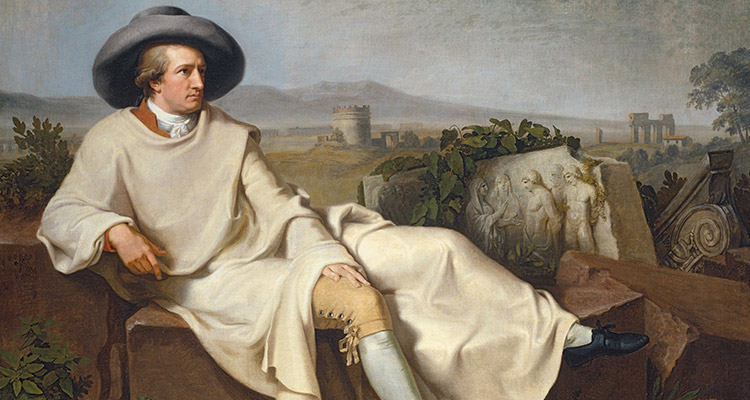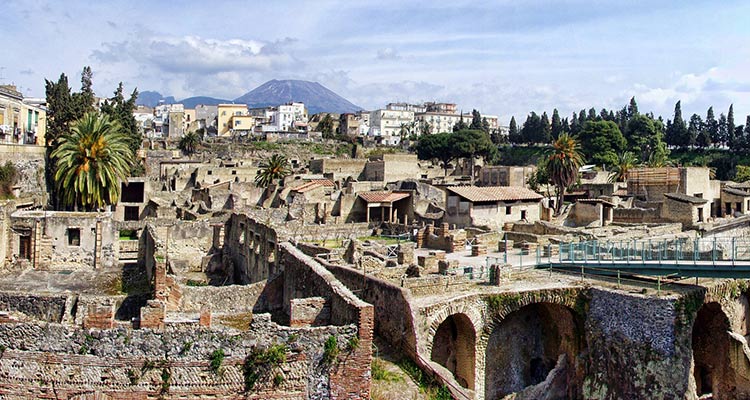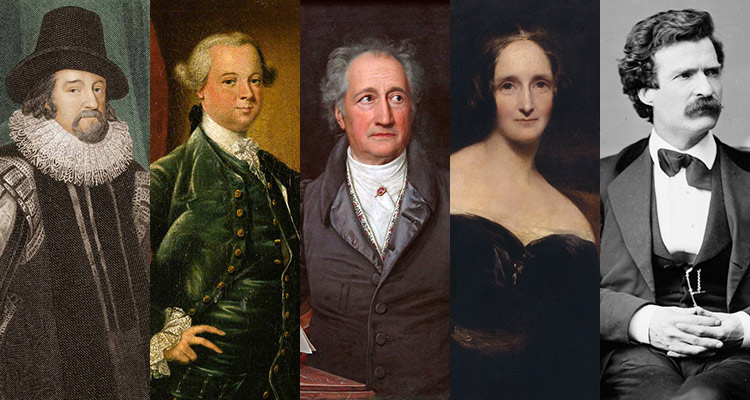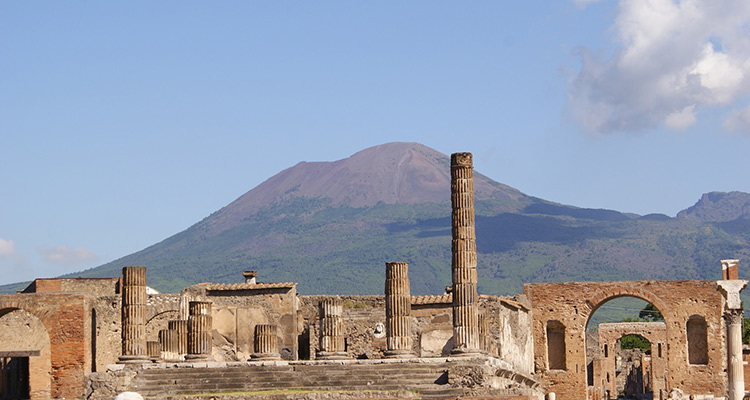

The origin of exchanges goes hand-in-hand with sabbaticals and the birth of contemporary tourism. Did you know that? In this post, we’d like to teach you some more history and give you prime examples that will encourage you to do an exchange.
The Grand Tour, a rite of passage that gave way to exchanges
The Grand Tour came about in England in the 17th century as a grand gran educational experience for youths of high society. It comprised of a trip that lasted up to three and a half years in search of the classical world, the cultural roots of the West.
Men and women alike who could afford it, began this rite of passage at 21 years of age. It was an authentic pilgrimage and the perfect example of non-formal education, since these youths were immersed in art and culture through first-hand experience, as well as to ways of life in foreign countries. In fact, it was mandatory to spend time abroad in cities, such as Rome, and open yourself to a totally different reality.

The Grand Tour became an aristocratic tradition up until the 19th century, when trains became a popular form of transport for traveling. In the heyday of this ritual, it spread to the French, American and Central European youth, while in countries like Spain, it was prohibited to avoid getting “infected” by external influences.
So, where did they go? As these trips were rooted in Western culture and at the height of neoclassicism, the goal of the Grand Tour was to reach Italy and observe the ruins from the Roman Empire, and the Renaissance capitals. With the discovery of Pompei and Herculaneum, Naples became another must-see.

To arrive, you had to go through Paris and be enriched by the refined life of its inhabitants, get to know the latest fashion and learn about diplomacy. After Italy, some ventured to Greece, cradle of classic culture.
Germanic countries also had their part in the Grand Tour, for its artistic strengths in Vienna, as well as for the encouragement from universities in Munich and Heidelberg, for example, where students commonly attended courses. Of course, the Netherlands and the Flemish Region, were places of interest thanks to their art galleries.
Lessons and 5 great references of the Grand Tour
The Grand Tour offered its travelers a liberal educations and access to unreachable knowledge in a unique way for that time period. Participants returned transformed, became adults, with a new perspective of the world, ready to apply the lessons learned abroad to regulated teachings, such as politics and diplomacy or as artists and scientists. Doesn’t this sound a lot like current exchanges?

In this way, these illustrious figures were marked or owed their trade to their Grand Tour experience, distinguished people such as:
– Francis Bacon (1561-1626): English philosopher, considered father of imperialism, and an integral part of the scientific method. In his Grand Tour, moreover, he wrote a pioneer travel guide.
– Edward Gibbon (1737-1794): English writer and politician who, with his influential The History of the Decline and Fall of the Roman Empire, became the first modern historian. This work was inspired by his visit to the Roman Forum in hisGrand Tour.
– Johann Wolfgang Goethe (1749-1832): This German poet and scientist reflected his personal experience, a journey of personal and cultural discovery in Verona, Rome, Naples and Sicily, in the book Italian Journey. It transformed his writing and connected to classical traditional. Goethe is the protagonist of the cover image in a portrait in the Campaign of Johann Heinrich Wilhelm Tischbein.
– Mary Shelley (1797-1851): the influential English writer took her Grand Tour with Percy Shelley and Lord Byron, an experience that gave birth to Frankenstein and the modern Prometheus. In the novel, Doctor Frankenstein is born in Naples, raised in Genoa and travels to London and Paris.
– Mark Twain (1835-1910): father of the contemporary American novel, took his own Grand Tour, which inspired The innocents abroad and had a great impact on his writings afterwards, but also on his own work as an author.
The legacy of the Grand Tour: the origen of exchanges and gap years
The interest awakened by the Grand Tour and the birth of the train, as well as that of more powerful boats, gave way to the birth of contemporary tourism in the mid-19th century. You’ll notice, the great destinations of these trips are still the most visited to this day.

In addition to tourism, in the 20th century, the Grand Tour inspired the popular gap year and sabbatical year. In the former, students travel for a few months and have experiences that help them mature before beginning university and adult life.
Gap years are intimately tied to exchanges: in many cases, the goal of a sabbatical year is to do an exchange. Like young aristocrats of the 17th century, it’s about seeking non formal education to increase their cultural exposure, their specialisation they will study and personal growth.

With the passing of the years, exchanges have become increasingly popular and reach more and more people. One thing is for sure, it’s not as exclusive as it once was. Nonetheless, there’s still lots of work ahead to make it an educational tool that reaches everyone and that is established in educational centres.
If you’d like to offer your students a dignified Grand Tour experience, what are you waiting for? Sign up your centre in dothegap. As you can see, there are trips and exchanges that mark the future of whoever embarks on them, so don’t think twice, take the next step!
For more information: if you liked this post and want to continue reading about the Grand Tour, as the birth of current phenomenons, such as tourism, check out the book The naked tourist by Lawrence Osborne. Moreover, you can discover historical figures who embarked on this grand experience in the article by Google Arts & Culture 9 Books and Films Inspired by the Grand Tour.




